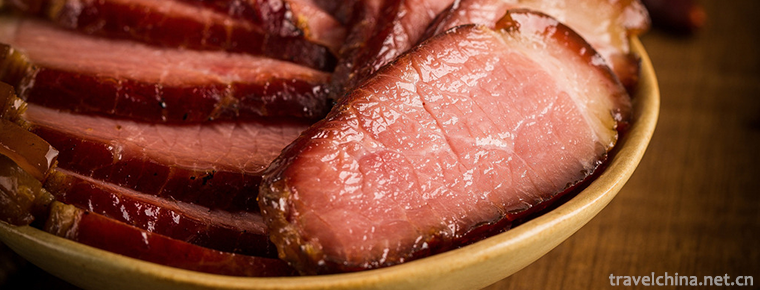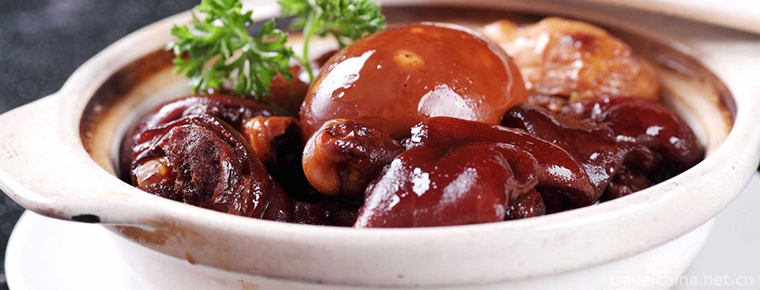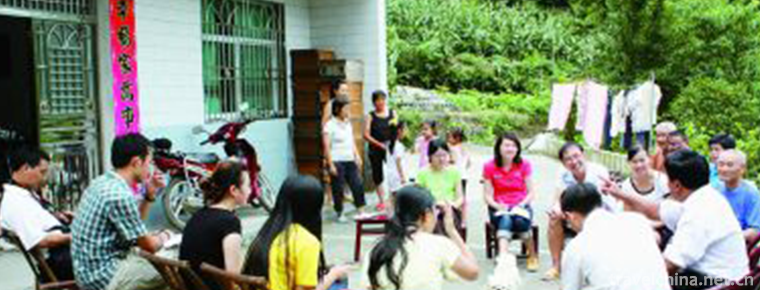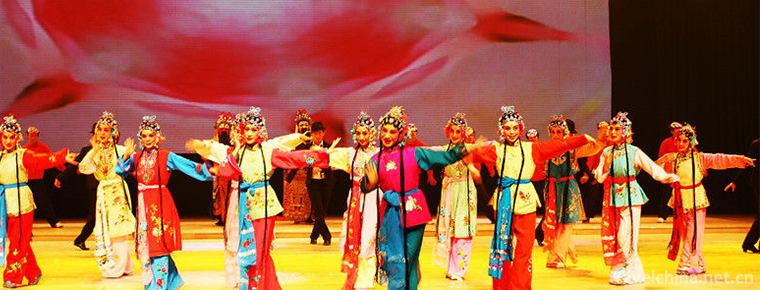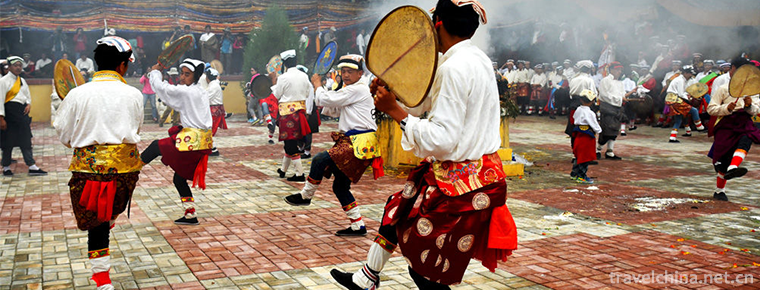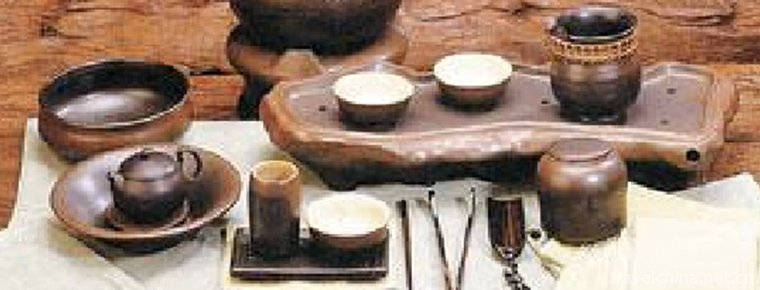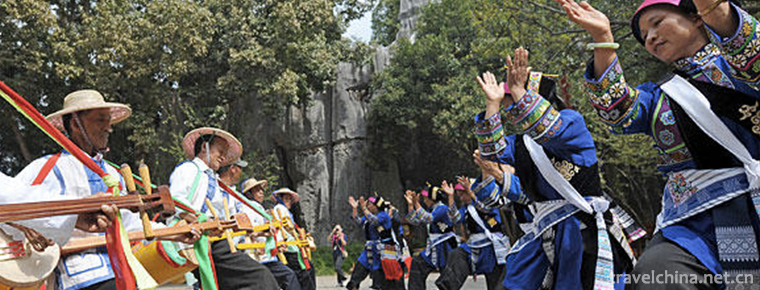Tibetan Cobalt Technology
Tibetan Cobalt Technology
Zhang Zhaxi, a Tibetan cobalt-smelting craftsman over half a century old, told reporters that he was just "catching its tail" when the craft was losing its popularity.
Near June, in a courtyard in the ancient city of Xining, a pile of bronze Buddha statues and artifacts to be restored scattered on the ground. Some of the "disabled" were "prosthetic limbs" by Zhang Zhaxi; some were broken into pieces, pieced together, polished, waiting for cobalt; others were restored Buddha statues, standing there, permeated with the sense of vicissitudes, it is difficult to find traces of restoration.
"Later people are nostalgic and have feelings for the statues and instruments of Buddha, but they are inevitably damaged." Zhang Zhaxi said that the appearance of broken ancient bronze devices can be restored exactly the same with the cobalt technology.
The mysterious cobalt technology is to grind eighteen kinds of plant ash and eight kinds of minerals into powder, mix them with water according to the specific formula, and apply them on the copper parts to be repaired. Then, cover it with sheepskin or cowhide, put a lot of salt and soil rich in tannin in the big pot, cook it with water from Qinghai Lake, three days of big fire, three days of small fire, twenty-one days later, the manual work is basically completed. Then the utensils are fully in contact with the air, and the potions are painted in time, and the result is great.
"Cobalt is a combination of man-made and man-made." Zhang Zhaxi said, "Cobalt is the traditional Tibetan bronze casting skills."
Zhang Zhaxi recalled that in the 1980s, a large number of Buddha statues were piled up in the warehouses of some factories in Xining, and a car could be purchased for a little money. But some Buddha statues were badly damaged and nobody paid attention to them.
At that time, as an uncle of Aka (Tibetan Buddhist monk), Danzhujia, told Zhang Zhaxi that there was an ancient folk method to make these "broken copper and iron" magically restored to their original state.
Zhang Zhaxi said that his uncle dictated the method, but did not personally demonstrate, "I shut myself in the house, ingredients, unlike, ingredients, or unlike... Three months later, a piece about the size of the nail cap suddenly appeared. It was the bronze color of my dream. I patted my thigh and thought it was.
"Many people like gold, saying that it is magnificent and valuable, while cobalt is almost lost, I slanted it right and caught its tail." Zhang Zhaxi said that cobalt is not like gold, cobalt is more complex, three-foot Buddha statue if it takes a day, cobalt will take a month. The gold is heavy on the surface, but the inside and outside of the cobalt statue can become a whole, "giving people a sense of vicissitudes and history, looking at it as if it came from ancient times."
Zhang Zhaxi said that over time, copper Buddha statues will be oxidized to form different spots. The magic of cobalt is that it can restore these spots and make the old as true.
Zhang Zhaxi lamented that the ingredients of herbal ash are complex and difficult to master when cobalt is extracted. Dozens of raw materials are proportionally proportioned, and there will be wonderful chemical reactions. Although the ancients did not know chemistry, they were well versed in the mysteries of the world.
Although cobalt is as old as it is, Zhang Zhaxi said that at first he was a little covert about the craft, fearing that people would say it was fake, "just like an ugly girl doing cosmetic surgery."
Later, an expert knew Zhang Zhaxi's skill and told him, "This is a cobalt-smelting technique, not a fake one, but a restoration of cultural relics, just like the Great Wall, the Forbidden City and the calligraphy and paintings."
Now, Tibetan cobalt technology has been selected into the fourth batch of national intangible cultural heritage list.
"Just as a special actor plays a historical figure, he has to perform his thoughts and spiritual features." Zhang Zhaxi said that if we want to use fire, we must recite the Sutra of God of Fire, "We should devote our faith to every process of every statue. It's easy to make a Buddha statue, but it's difficult to make the temperament and charm of the Buddha statue.
Now, there are still a lot of Buddha statues and artifacts waiting for Zhang Zhaxi's restoration. He said there are not enough people.
"It's hard to find a person who has a heart, who likes art and handicraft." Zhang Zhaxi said.
Fortunately, now his nephew is following Zhang Zhaxi to learn craftsmanship. He said that his nephew has mastered 80% of his "power".

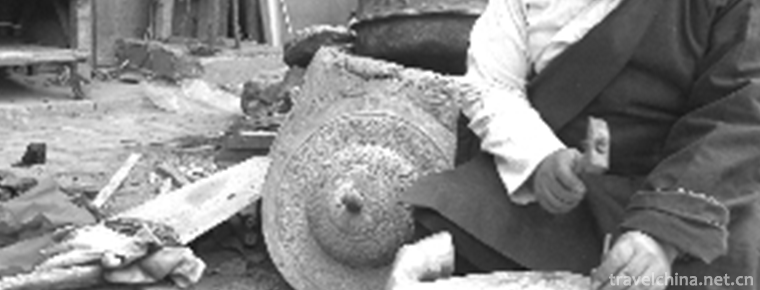
-
Jiang Cudan Canton style pig leg
Except for those with internal fever, dry stool and weak spleen and stomach function, breast enlargement products can be used as a warm-up tonic in winter..
Views: 233 Time 2018-11-02 -
Guan Lin Scenic Area
Guanlin, a national key cultural relic protection unit, National AAAA tourist attraction, is the first place for the burial of Shu generals Guanyu in the Three Kingdoms period. The former is an ancest.
Views: 128 Time 2018-12-24 -
Traditional Toys Tancheng Wooden Rotary Toys
Tancheng Wooden Rotary Toy is an ancient traditional handicraft. Originated in Fanyuan Village, north of Gangshang Town, Tancheng County, Linyi City, Shandong Province, it is commonly known as "p.
Views: 166 Time 2019-04-21 -
The Story of Duzhenwan
Duzhenwan stories cover myths and legends, life stories, ghosts, foxes, ghosts and other fields, including conspiracy, good and evil, kindness and hatred and other different types.
Views: 159 Time 2019-04-28 -
Western Fujian drama
Western Fujian Han Opera, formerly known as "Waijiang Opera", also known as "Ran Tan", is one of the local operas in Fujian. He was born out of foreign operas, absorbed Hakka diale.
Views: 204 Time 2019-06-05 -
June meeting in Regong
Regong June Festival is a unique traditional cultural festival of Tibetan and Tu villages in Tongren County, Qinghai Province. It has been circulated for more than 1400 years. Every June in the Lunar .
Views: 93 Time 2019-06-11 -
Shangdang Erhuang
Pihuangqiang in Shangdang area is called Shangdang Erhuang. It is an independent opera with a history of more than 200 years. Locals call it "Tu Erhuang". At present, Shangdang Erhuang is on.
Views: 177 Time 2019-06-13 -
Production Techniques of Oolong Tea
Oolong tea production technology is a local traditional handicraft in Anxi County, Fujian Province. Historically, during the reign of Yongzheng in Qing Dynasty (1723-1735), tea farmers in Anxi County .
Views: 155 Time 2019-06-29 -
Trichord Dance of Yi Nationality
Trichord dance of the Yi nationality is a folk dance handed down from generation to generation by the people of the Yi nationality. Different areas or different tribes of the Yi nationality have diffe.
Views: 137 Time 2019-07-12 -
Yibin white tower
Baita (also known as Dongyan pagoda) is located in Baita Mountain Scenic Area of Yibin Lingang Economic and Technological Development Zone. It was built in 1569, the third year of emperor muzong's reign in the Ming Dynasty..
Views: 110 Time 2020-10-16 -
Zhaohua ancient city
Zhaohua ancient city is located in Zhaohua Town, Zhaohua District, Guangyuan City, Sichuan Province. After that, Zhaochang county was renamed as Yichang county. Located at the confluence of Bailong River, Jialing River and Qingjiang River, the Jialing River flows here with Wancheng water system and natural Taiji. It has the reputation of "the world's first landscape Taiji" natural wonder..
Views: 128 Time 2020-11-08
